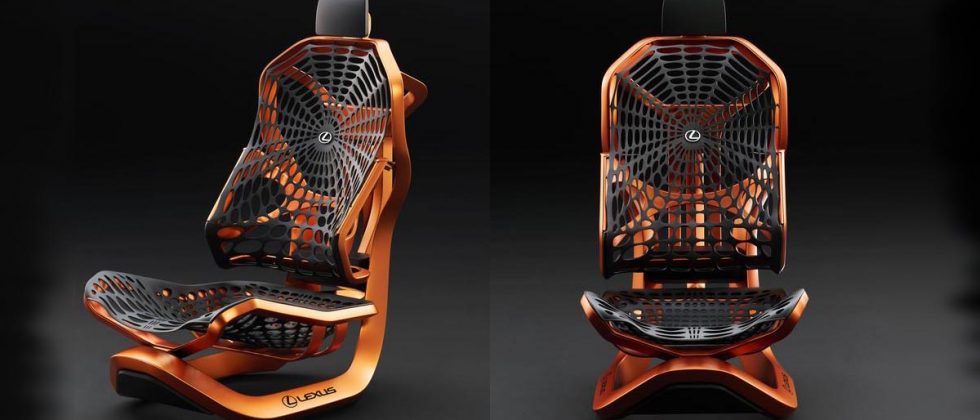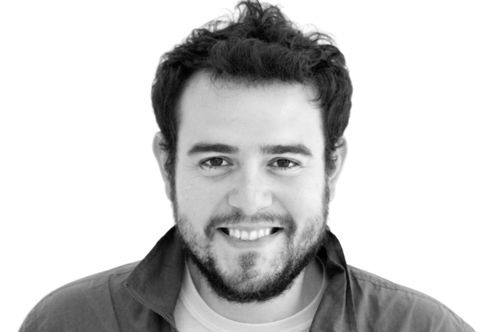Media Lab Mindset Leads to Next-Gen Car Seat
-
-
slice.mit.edu
Filed Under
Recommended

Caption: Lexus unveiled its new kinetic seat, designed partly by Carlos David Gonzalez Uribe SM ’14, at the Paris Motor Show earlier this year.
If you purchase a Lexus in the next few years, you may be riding on a seat designed partly by an MIT alumnus. Toyota (which also makes Lexus) showcased its kinetic seat concept at the Paris Motor Show earlier this year, and Toyota engineer Carlos David Gonzalez Uribe SM '14 had a big hand in its creation.
One could be forgiven for assuming that Gonzalez Uribe studied mechanical engineering at MIT, but he earned his master’s degree from the Media Lab, where he learned how to create new design workflows that translate data into objects. (He also earned bachelor’s in architecture in his native Mexico.)
Gonzalez Uribe began melding his architecture background with industrial design and rapid prototyping in Professor Neil Gershenfeld Media Lab course "How to Make Almost Anything." Gonzalez Uribe spent many workshop hours creating molds using a three-axis CNC machine, casting in multiple materials from polymers to plasters, and experimenting with different types of composites—knowledge helped considerably in designing the Lexus kinetic seat.

"I was immersed in a boundary-less creative atmosphere of professors and friends. I was like a sponge learning from everyone," Gonzalez Uribe says.
The Lexus driver's seat and backrest allow for rotational motion that simulates the spine movements of walking or running, which can refresh core muscles and makes it easier to keep the head stable. The backrest is formed partly of radial strings made of synthetic spider silk in an open web design rather than a solid cushion, which supports the driver's weight more evenly.
Asked if he views himself as a designer or an engineer, Gonzalez Uribe says, “That’s a very good question, and the answer isn’t clear at the moment. I don’t know where the boundary between design and engineering is, and I’ve found that the most interesting projects occur at the intersection of both.”
Gonzalez-Uribe hopes to continue developing products that augment the human body’s capabilities, including wearables and future transportation devices.
“In the long term, I would like to keep moving around the world to continue learning from different cultures," he says. "Professionally, I would be very excited to collaborate with the circus or film industry, or become a professor—hopefully at MIT!”







